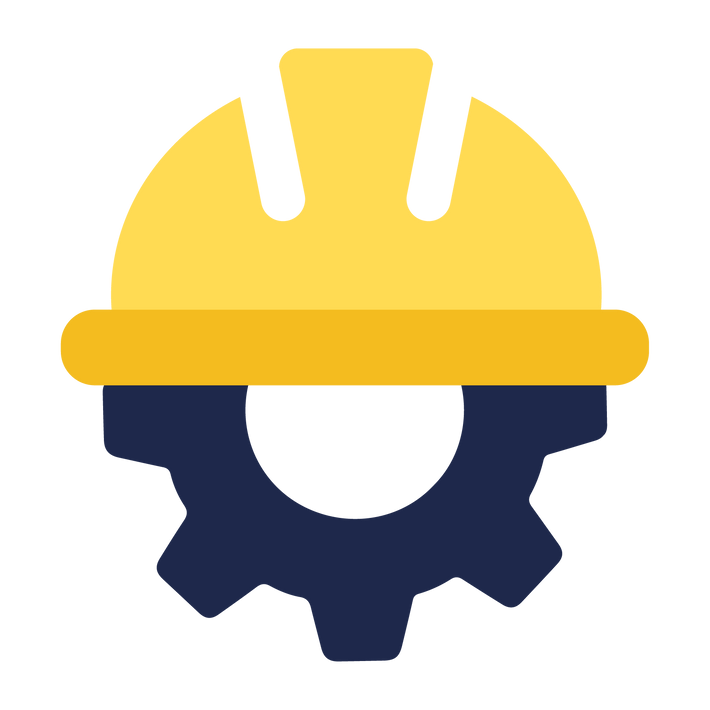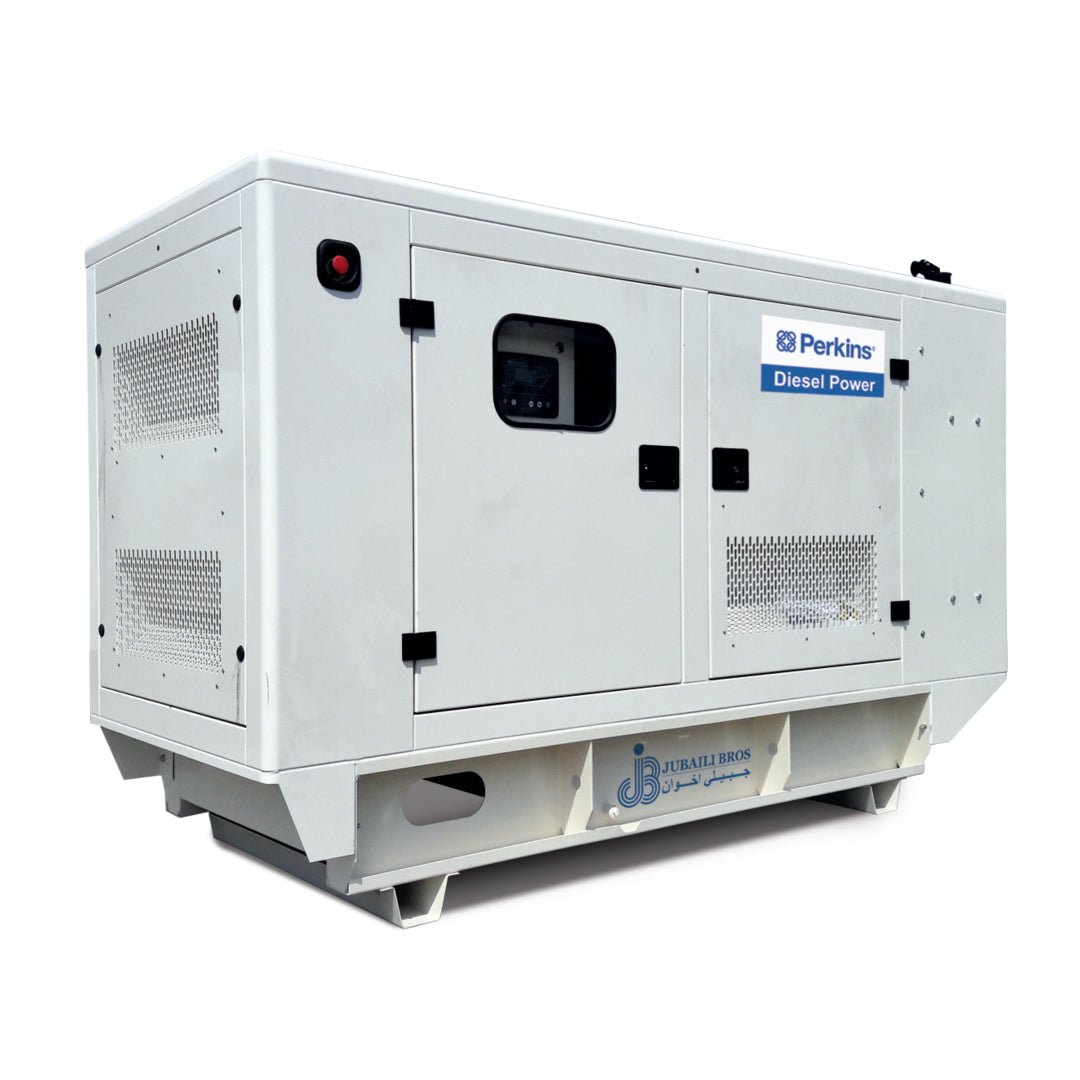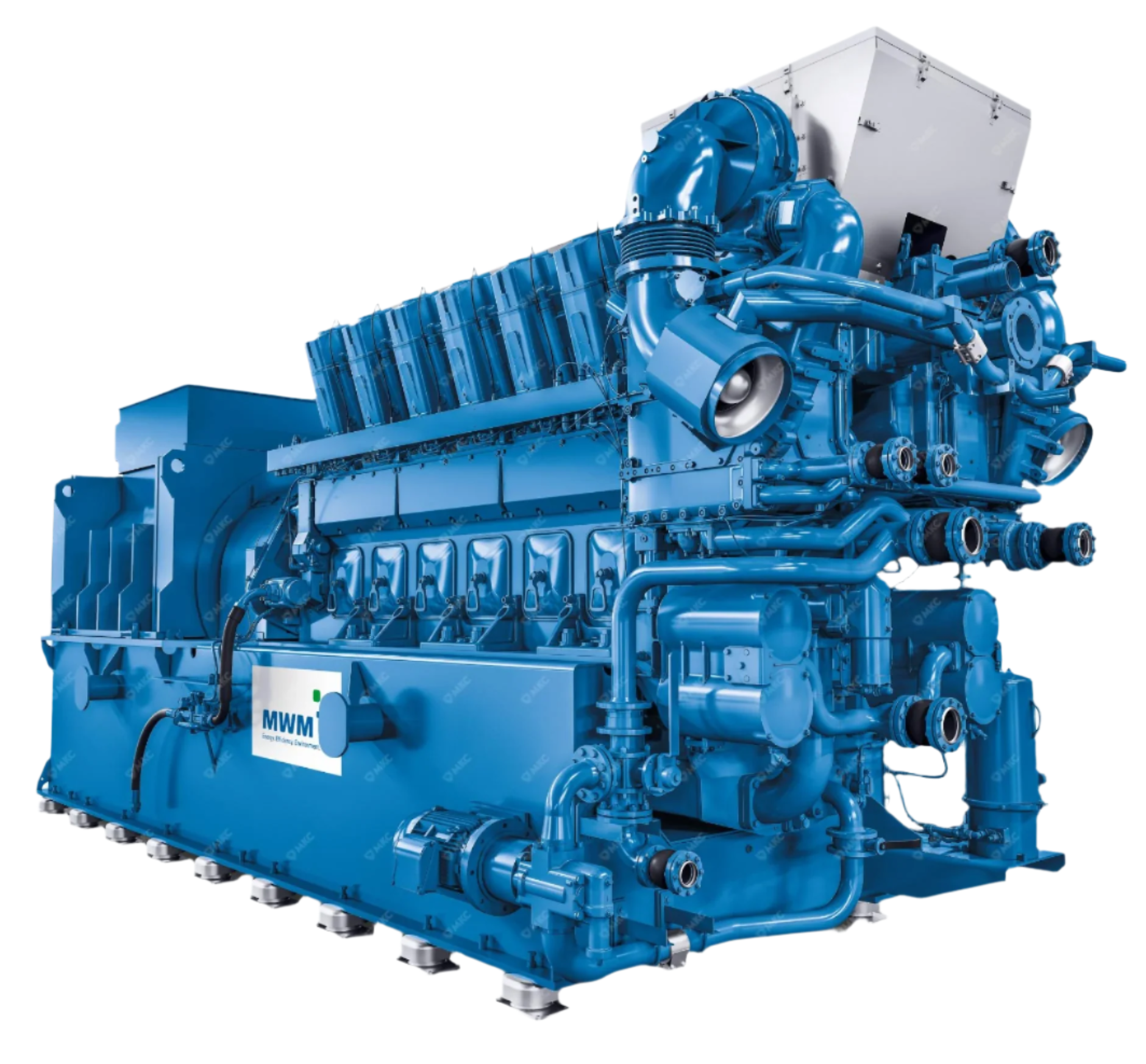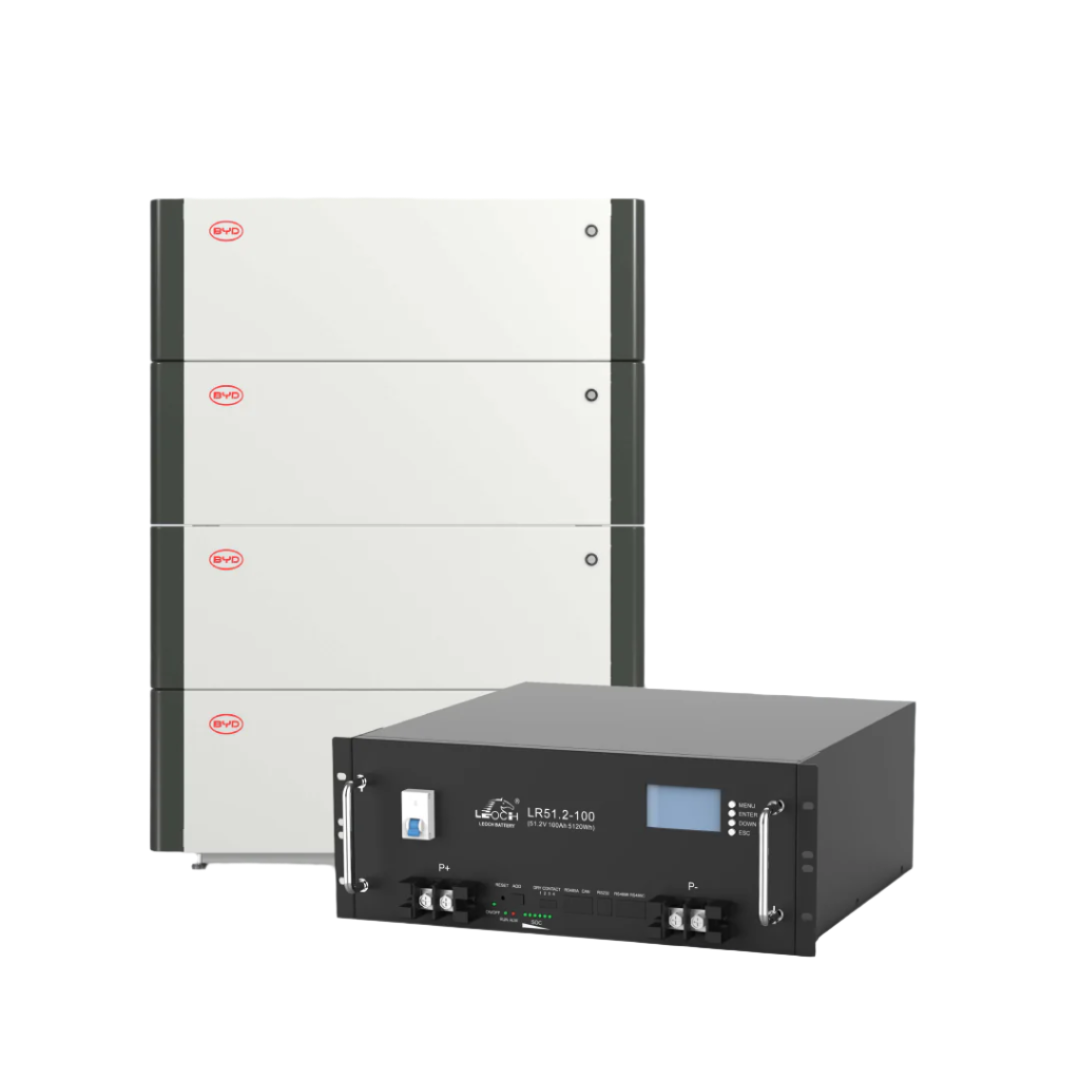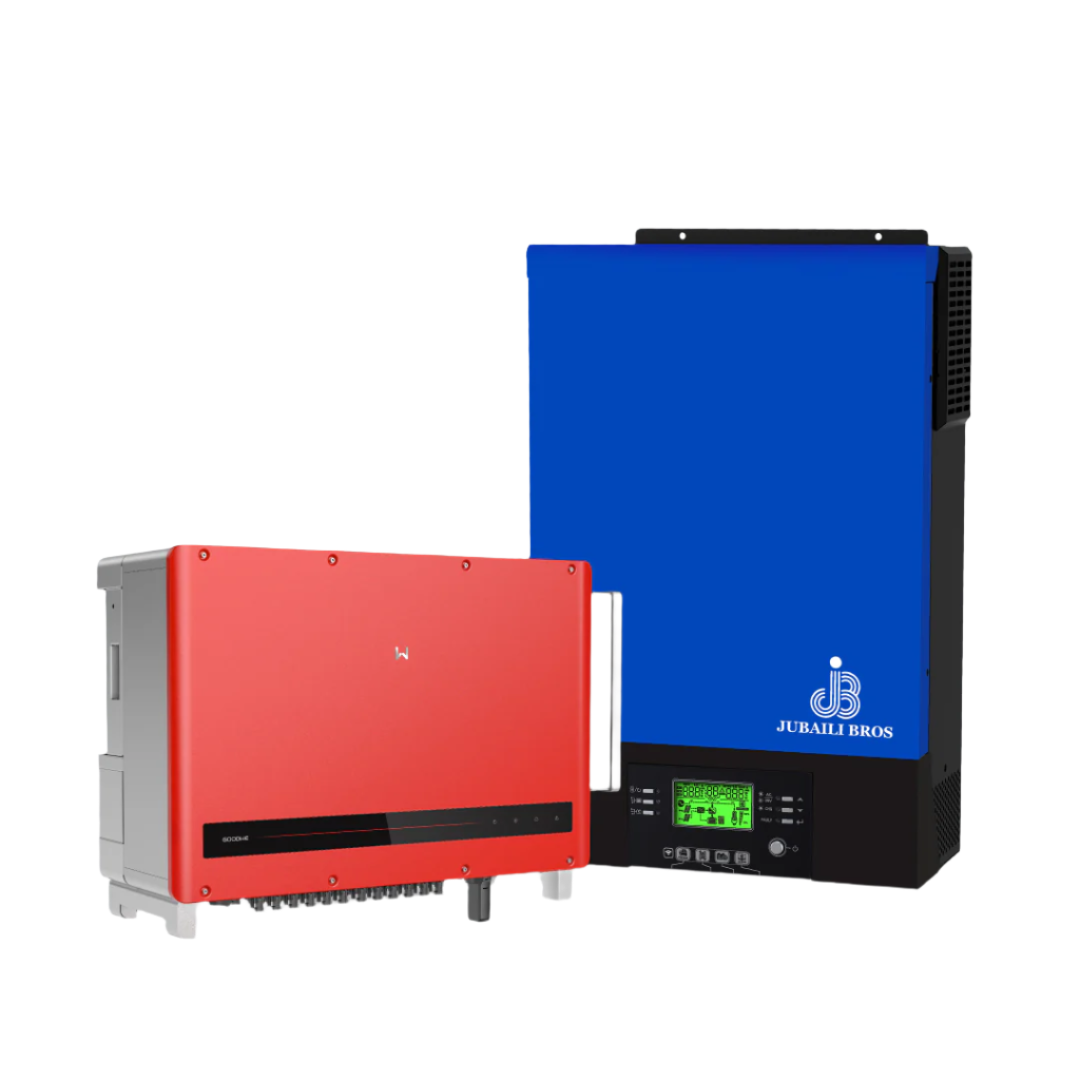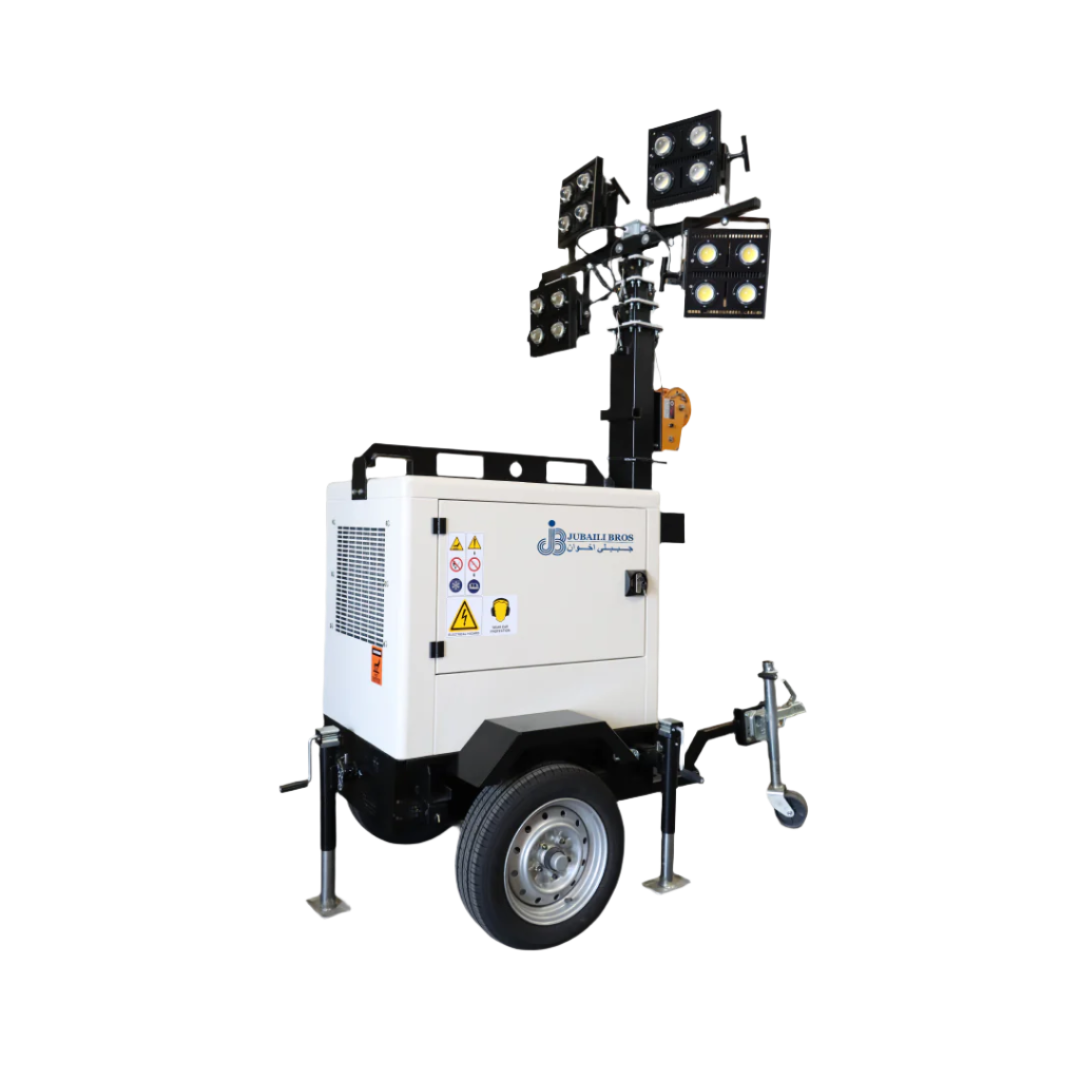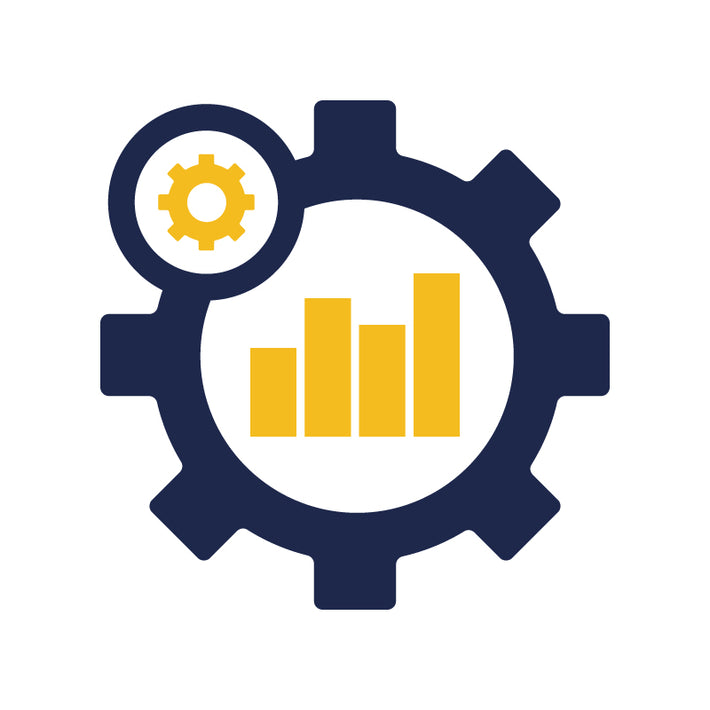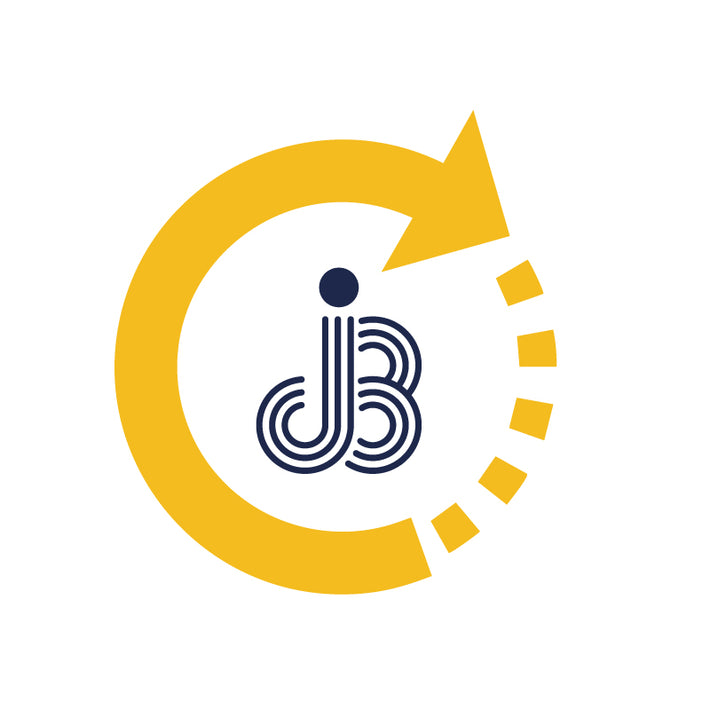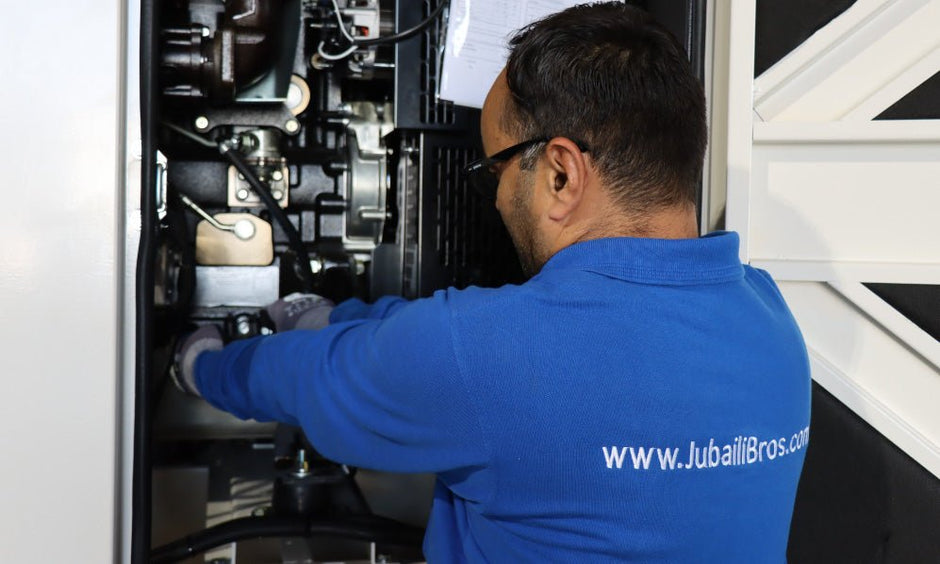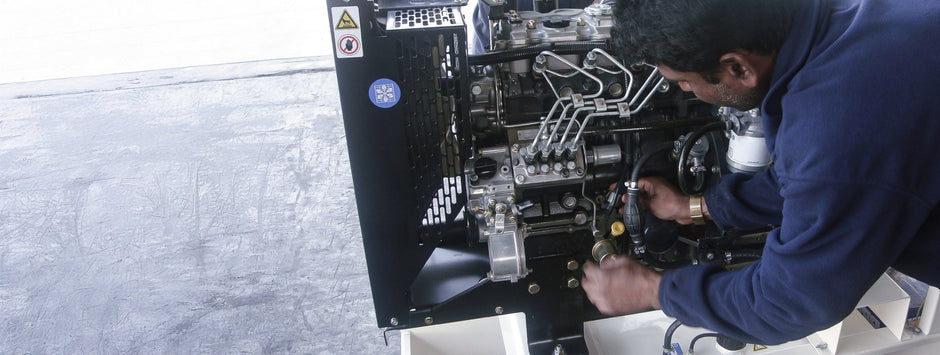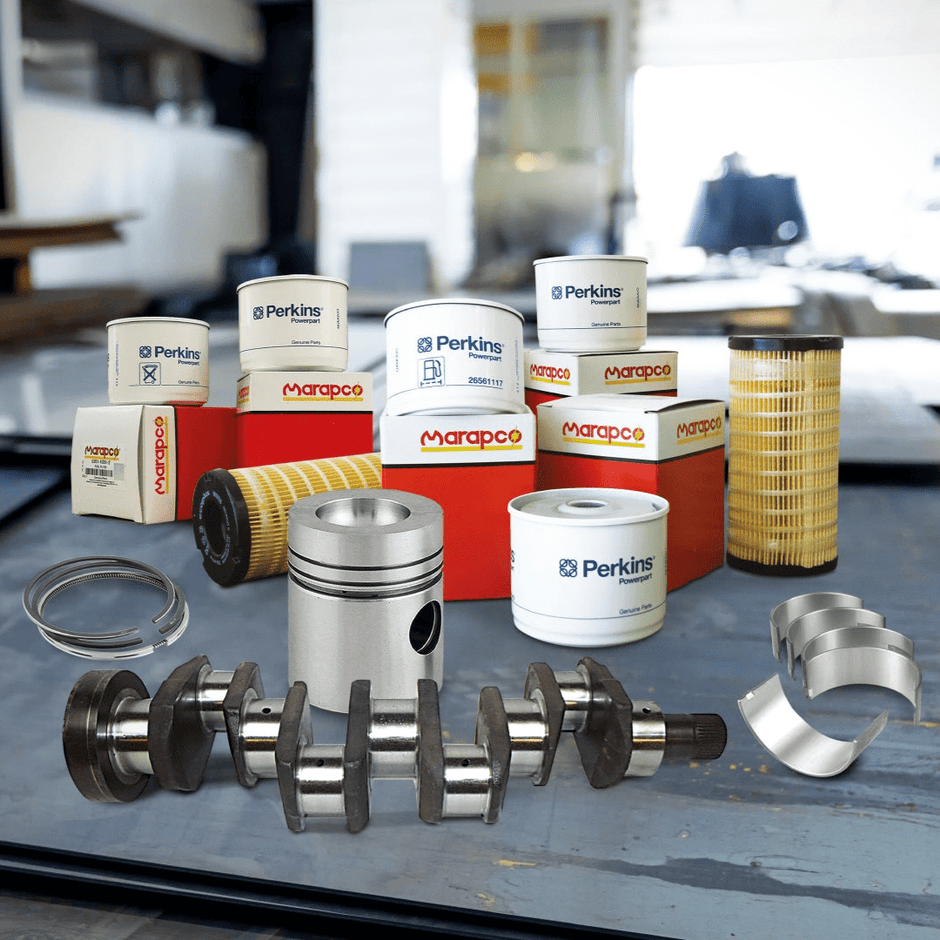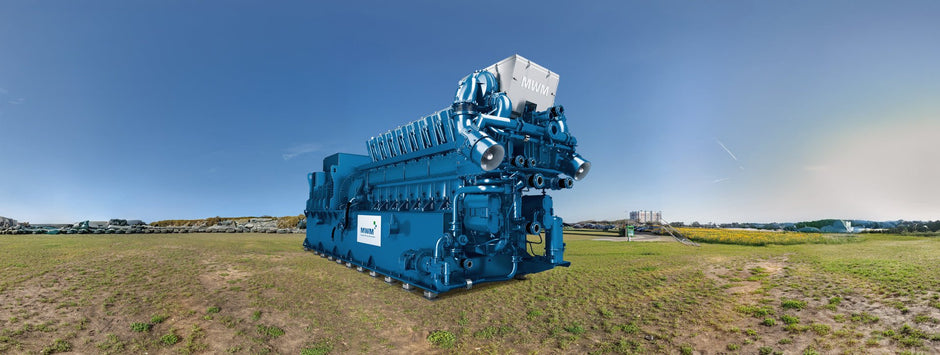Proper generator sizing is one of the most important steps when planning for backup or prime power. At Jubaili Bros, we help ensure that each customer receives a generator that matches their actual power requirements — neither too small to be overloaded, nor too large to waste fuel and capital unnecessarily.
Step 1: Understand Your Load Requirements
Begin by identifying all the equipment, appliances, and systems you want to power. This includes lighting, air conditioning, motors, refrigeration units, computers, and other critical loads. Make sure to account for both their rated power consumption (running load) and their starting demand, especially for equipment with electric motors, which can require up to three times more power on startup.
List each item with its power rating, preferably in kilowatts (kW) or kilovolt-amperes (kVA). Add all values together to determine your total estimated load.
Step 2: Consider Operating Conditions
Next, determine how the generator will be used. There are three common types of generator applications:
Standby Power: Used as backup when the main power supply fails. Typically operates for a few hours at a time, only during outages.
Prime Power: Used as the main power source for limited or variable periods. Ideal for sites with no access to a utility grid.
Continuous Power: Designed for continuous use at a constant load, such as remote industrial operations.
Choosing the wrong category can reduce equipment lifespan or lead to poor performance. Jubaili Bros offers solutions suited for all three types.
Step 3: Apply a Safety Margin
Always apply a margin of safety, typically between 10% and 25%, to cover unexpected surges or future expansion. This ensures that the generator will not be pushed to its limit during normal operation and allows for some flexibility in usage.
Step 4: Consider Environmental Factors
Ambient temperature, altitude, and site conditions can all affect generator performance. For example, at higher altitudes or in extreme heat, engine performance can decline slightly. Our technical team can guide you in choosing a generator that compensates for these factors and maintains stable output.
Step 5: Focus on Fuel Efficiency and Long-Term Cost
A properly sized diesel generator from Jubaili Bros will not only perform reliably but will also offer the best long-term operating cost. Over-sizing a generator increases fuel consumption, maintenance costs, and initial capital outlay. On the other hand, under-sizing increases the risk of overload and potential damage.
Let Us Help You Choose the Right Size
Jubaili Bros offers expert guidance and a simple online tool to help you determine the best generator size for your needs. Whether you’re powering a small business, a factory, or a remote site, we’ll help you choose a solution that balances performance, cost, and reliability.

